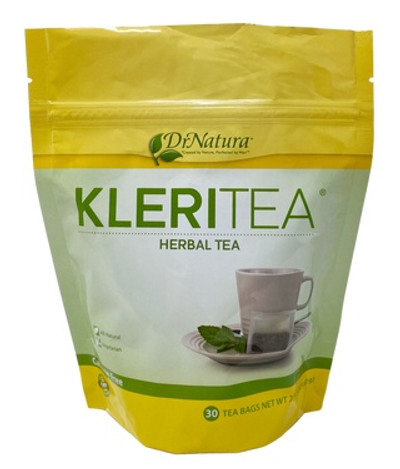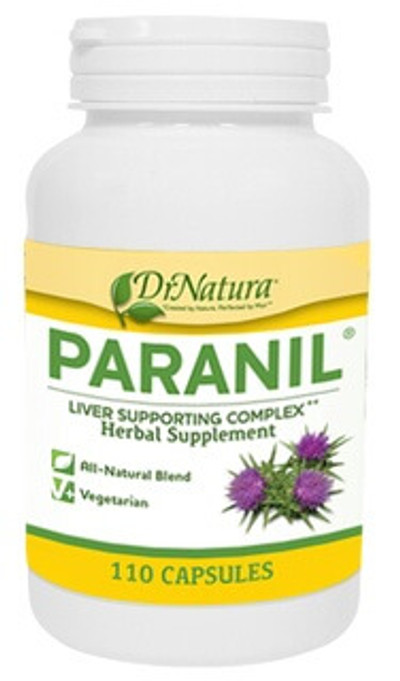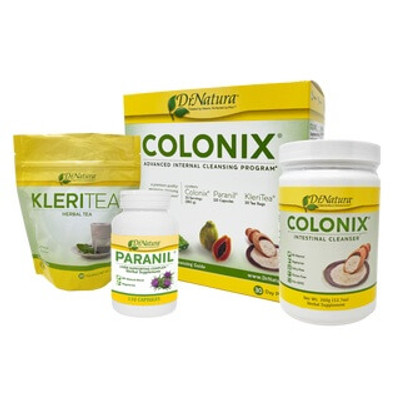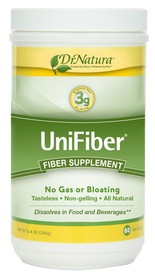

What is Cleansing?
Cleanse naturally with DrNatura® and be beautiful in the inside and happy on the outside. Internal cleansing is often a catalyst for healthier, more inspired living. Cleansing is a way to gently kick-start your body's natural detoxification abilities, helping keep the colon and the liver healthy. Since 1998, DrNatura® has been one of the most popular cleanses, with over 2 million products sold and powered by more than 40 natural herbs.

Though it often doesn't receive the health-promoting attention it deserves, the colon (also known as the large intestine) is an important part of the body. It is vital to proper digestion, and especially to moving waste out in a timely manner so that it does not compromise your health. What you may not be aware of is that your colon can become impacted. [1] When this happens, you can experience any number of issues from gas and occasional constipation to small, infrequent and incomplete bowel movements. Over time, this accumulated matter can lead to even more serious health issues. [2] A colon cleanse is an effective way to help the body move matter out of the colon and keep it clean.

When You Need a Cleanse
But how does the colon get to the point that it needs cleansing? The unfortunate reality is that the modern diet is not very colon friendly. If you're like most people, purchasing and eating food often happens without thought about where the food actually comes from, how it's made, what might be in it, and how it might affect your health. For example, as many as 95% of us fall short of the recommended daily intake of fiber, a key nutrient that keeps a colon functioning optimally. [3] Dietary fiber plays an important role in keeping the colon clean and moving waste through in a timely manner.If dietary fiber [4] is not provided adequately by the daily diet, a sound recourse is to use a good cleansing program that has an all-natural fiber component as its foundation.

Different Types of Cleanses
Of course, there are different kinds of cleanses available today. What are they and which is best for you? Some of the most common cleanses include an "oxygen cleanse," clay cleansers, colonic irrigation, and fasting regimens. While each of these may be able to ease constipation and promote the movement of the bowels, they may also contribute to diarrhea or loose stool, the introduction of harmful bacteria into the bowels, possible depletion of electrolytes, allergic reaction, and other undesired complications. [5] , [6] , [7]
Fortunately, there are tried and true, all-natural approaches to colon health and cleansing. A good, safe colon cleanse will contain ingredients long-known for their ability to stimulate the colon's natural ability to move waste through while protecting sensitive internal tissues. A successful, healthy cleanse will be built on a base of plant-based fiber. Found in soluble and insoluble forms, dietary fiber bulks up as it travels through the digestive tract, sweeping the intestines clean along its way. [8] Additionally, certain fiber feeds the friendly bacteria in the colon, promoting overall immune function and digestive wellness. [9] Other ingredients that can be helpful are herbs known for promoting digestive wellness, such as fennel seed [10] , [11] , licorice root [12] , papaya fruit [13] , and slippery elm bark [14] , among others.
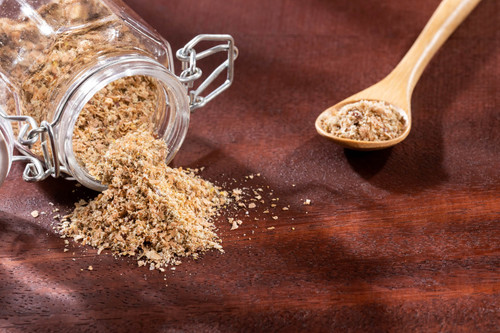
The Benefits of Finding the Right Cleanse
The benefits of finding, selecting, and using a good, all-natural cleanse are many. Foremost, of course, is that elimination can become quick, easy, and complete; daily fiber intake promotes regularity and helps prevent constipation and build-up of waste in the colon. [15] Additionally, research clearly indicates that increasing your fiber intake promotes a range of other positive health outcomes, such as reduction of unhealthy cholesterol levels, lowered risk of heart disease, better management of blood sugar levels, lower risk of some cancers, and reduced risk of dying from stroke, cardiac disease, and type 2 diabetes. [16] Regular intake of fiber can also contribute to feeling lighter and less bloated, as well as with sleeping better, and having more energy throughout the day. [17]
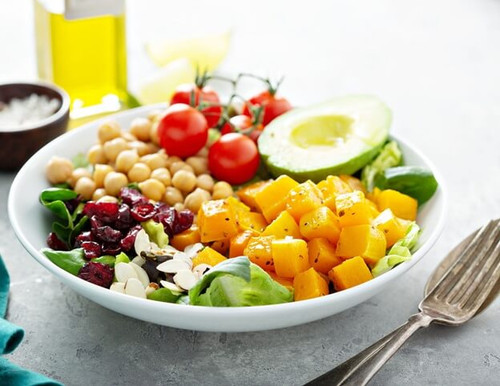
A Healthy Diet is Key
During a cleanse, you can get the most out of the experience by eating a diet that complements the cleansing process. As noted above, most pre-packaged and convenience foods are notoriously low in dietary fiber and other colon-friendly nutrients; continuing to eat them while on a cleanse is rather like trying to empty a sink with the faucet still running. Therefore, the best diet to observe during a cleanse is one that contains as many pure, whole foods as possible. Aiming for lots of pure water (which helps the body move waste out quickly and efficiently) as well as an abundance of fruits, vegetables, nuts, seeds, and legumes, will complement a cleanse beautifully. These foods are naturally nutrient-dense, providing an array of vitamins, minerals, and other phytonutrients that enrich and nourish the body while it is moving waste out.
DrNatura Full Line of Cleansing Products
References:
-
Cadman, B. (2018). How do you treat a fecal impaction? Medical News Today.https://www.medicalnewstoday.com/articles/322150
-
Obokhare, I. (2012). Fecal impaction: A cause for concern? Clinics in Colon and Rectal Surgery, 25(1), pp. 53-58. doi: 10.1055/s-0032-130176
-
Quagliani, D. & Felt-Gunderson, P. (2017). Closing America's fiber intake gap: Communication strategies from a food and fiber summit. American Journal of Lifestyle Medicine, 11(1), pp. 80-85. doi: 10.1177/1559827615588079
-
McManus, K. D. (2019). Should I be eating more fiber? Harvard Health Blog.https://www.health.harvard.edu/blog/should-i-be-eating-more-fiber-2019022115927
-
Handley, D.V., Rieger, N. A., & Rodda, D. J. (2004). Rectal perforation from colonic irrigation administered by alternative practitioners. Med. J. Aust. 181(10): 575-576.
-
Centers for Disease Control (CDC) (1981). Amebiasis associated with colonic irrigation—Colorado. MMWR Morb. Mortal. Wkly. Rep. 30 (9): 101-2.
-
Hendler, S. S. [Editor], & Rorvik, D. [Editor]. (2001). PDR for Nutritional Supplements. (2nd ed.). Montvale, NJ: Thomson Healthcare, 65-66.
-
Fiber. The Nutrient Source. Harvard T. H. Chan School of Public Health.https://www.hsph.harvard.edu/nutritionsource/carbohydrates/fiber/
-
Carlson, J., Erickson, J., Lloyd, B., & Slavin, J. (2018). Health effects and sources of prebiotic dietary fiber. Current Developments in Nutrition, 2(3), p. nzy005. doi: 10.1093/cdn/nzy005
-
Balch, P. & Balch, J. (2000). Fennel seed. Prescription for Nutritional Healing, 3rd ed. Avery Publishing. p. 69.
-
Fennel seed. PDR for Herbal Medicine, 3rd ed. (2004). Thompson PDR. p. 317.
-
Licorice root. PDR for Herbal Medicine, 3rd ed. (2004). Thompson PDR. p. 511.
-
Balch, P. & Balch, J. (2000). Papaya fruit. Prescription for Nutritional Healing, 3rd ed. Avery Publishing. p. 105.
-
Balch, P. & Balch, J. (2000). Slippery elm bark. Prescription for Nutritional Healing, 3rd ed. Avery Publishing. p. 109.
-
Fiber. The Nutrient Source. Harvard T. H. Chan School of Public Health.https://www.hsph.harvard.edu/nutritionsource/carbohydrates/fiber/
-
McManus, K. D. (2019). Should I be eating more fiber? Harvard Health Bloghttps://www.health.harvard.edu/blog/should-i-be-eating-more-fiber-2019022115927
-
St-Onge, M., Roberts, A., Schechter, A., & Choudhury, A. (2016). Fiber and saturated fat are associated with sleep arousals and slow wave sleep. Journal of Clinical Sleep Medicine, 12(1). pp. 19-24.


